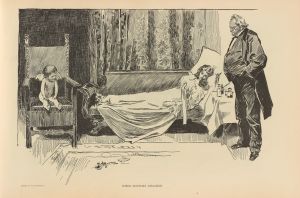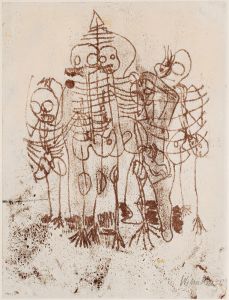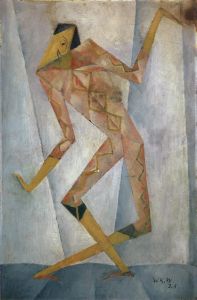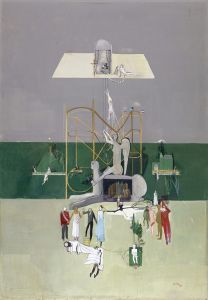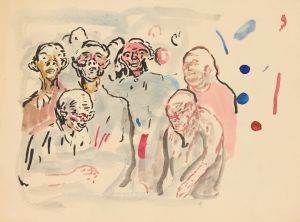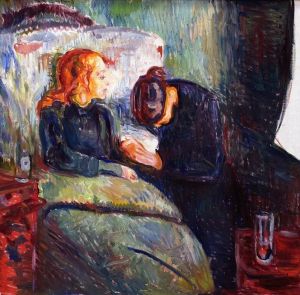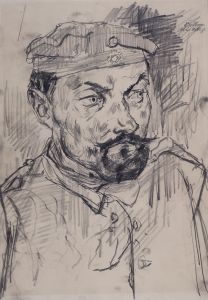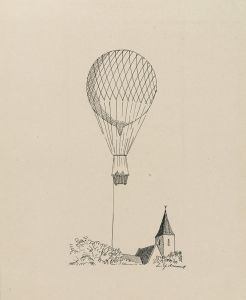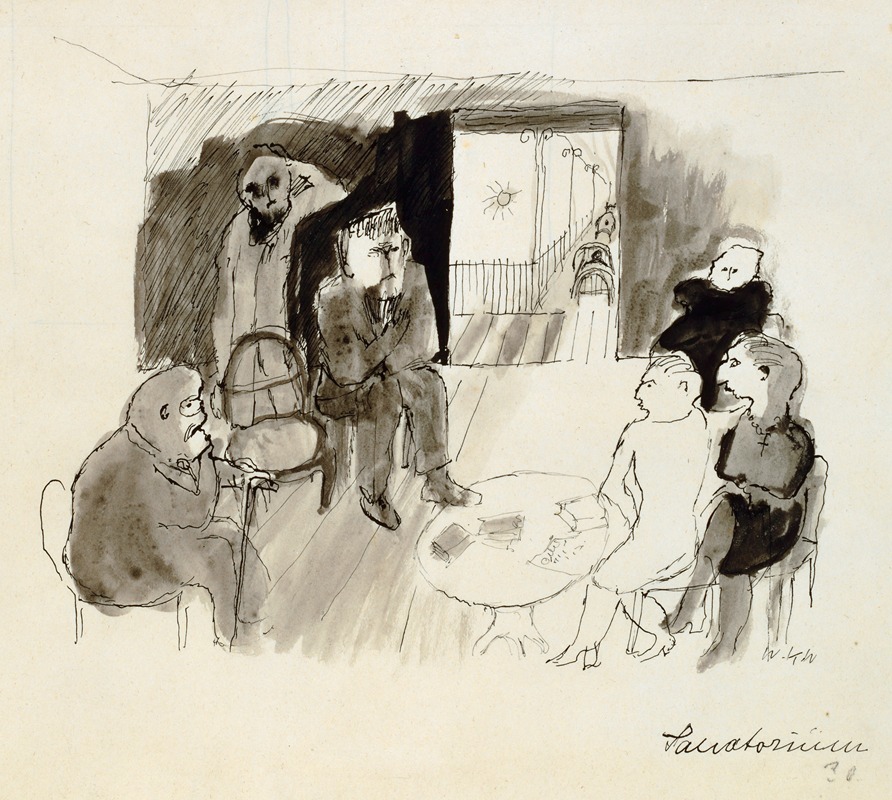
Sanatorium
A hand-painted replica of Walter Kurt Wiemken’s masterpiece Sanatorium, meticulously crafted by professional artists to capture the true essence of the original. Each piece is created with museum-quality canvas and rare mineral pigments, carefully painted by experienced artists with delicate brushstrokes and rich, layered colors to perfectly recreate the texture of the original artwork. Unlike machine-printed reproductions, this hand-painted version brings the painting to life, infused with the artist’s emotions and skill in every stroke. Whether for personal collection or home decoration, it instantly elevates the artistic atmosphere of any space.
Walter Kurt Wiemken was a Swiss painter known for his contributions to the modern art movement in the early 20th century. One of his notable works is "Sanatorium," a painting that reflects his unique style and the influences of the period in which he worked. Wiemken was born in Basel, Switzerland, in 1907 and became associated with the avant-garde art scene in Europe. His works often explore themes of human experience and emotion, rendered through a modernist lens.
"Sanatorium" is a significant piece within Wiemken's oeuvre, capturing the essence of his artistic vision. The painting is characterized by its use of bold colors and abstract forms, which were hallmarks of the modernist movement. Wiemken's style often incorporated elements of expressionism and surrealism, and "Sanatorium" is no exception. The painting's composition may suggest a sense of introspection or contemplation, common themes in Wiemken's work, as he frequently explored the psychological landscapes of his subjects.
The title "Sanatorium" itself evokes a place of healing and rest, which may suggest that the painting deals with themes of recovery or introspection. During the early 20th century, sanatoriums were often associated with the treatment of tuberculosis and other chronic illnesses, serving as retreats for those seeking recuperation. This context might provide insight into the emotional or thematic undertones of the painting, although the specific interpretation would depend on the viewer's perspective.
Wiemken's work, including "Sanatorium," is often noted for its emotional depth and the way it captures the complexities of the human condition. His paintings typically feature a blend of abstraction and figuration, allowing for multiple interpretations and a rich visual experience. The use of color in "Sanatorium" is particularly striking, with Wiemken employing a palette that enhances the emotional impact of the piece.
Throughout his career, Wiemken was influenced by various art movements and contemporaries, including the likes of Paul Klee and other members of the Bauhaus school. His work reflects a synthesis of these influences, while also maintaining a distinct personal style. Wiemken's contribution to modern art is recognized for its innovative approach and the way it bridges different artistic movements.
"Sanatorium" and other works by Wiemken are held in various collections and have been exhibited in numerous galleries, contributing to the appreciation of Swiss modern art. His paintings continue to be studied for their artistic merit and the way they encapsulate the spirit of their time.
Walter Kurt Wiemken passed away in 1940, but his legacy endures through his art, which continues to inspire and provoke thought among art enthusiasts and scholars alike. "Sanatorium" remains a testament to his skill and vision, offering a window into the mind of an artist who sought to capture the essence of human experience through his work.





